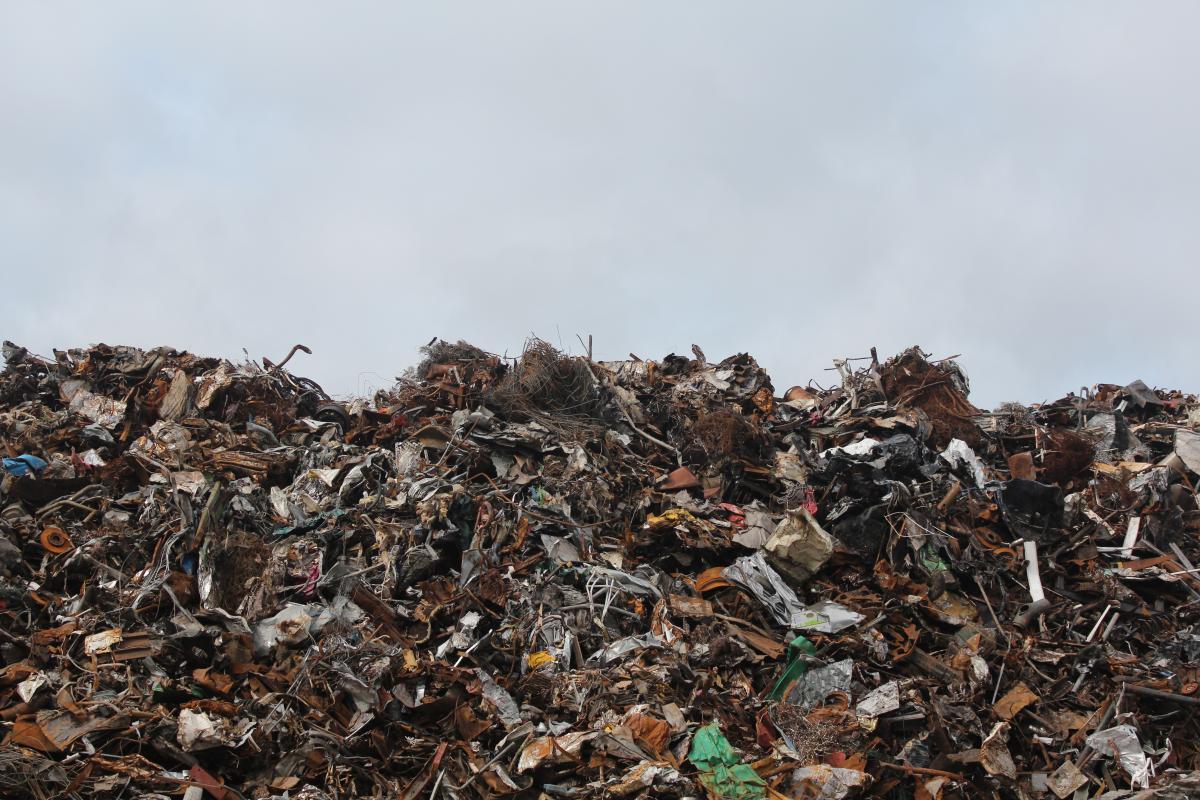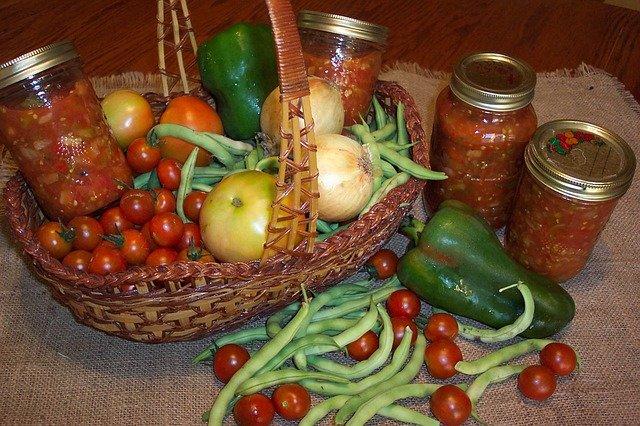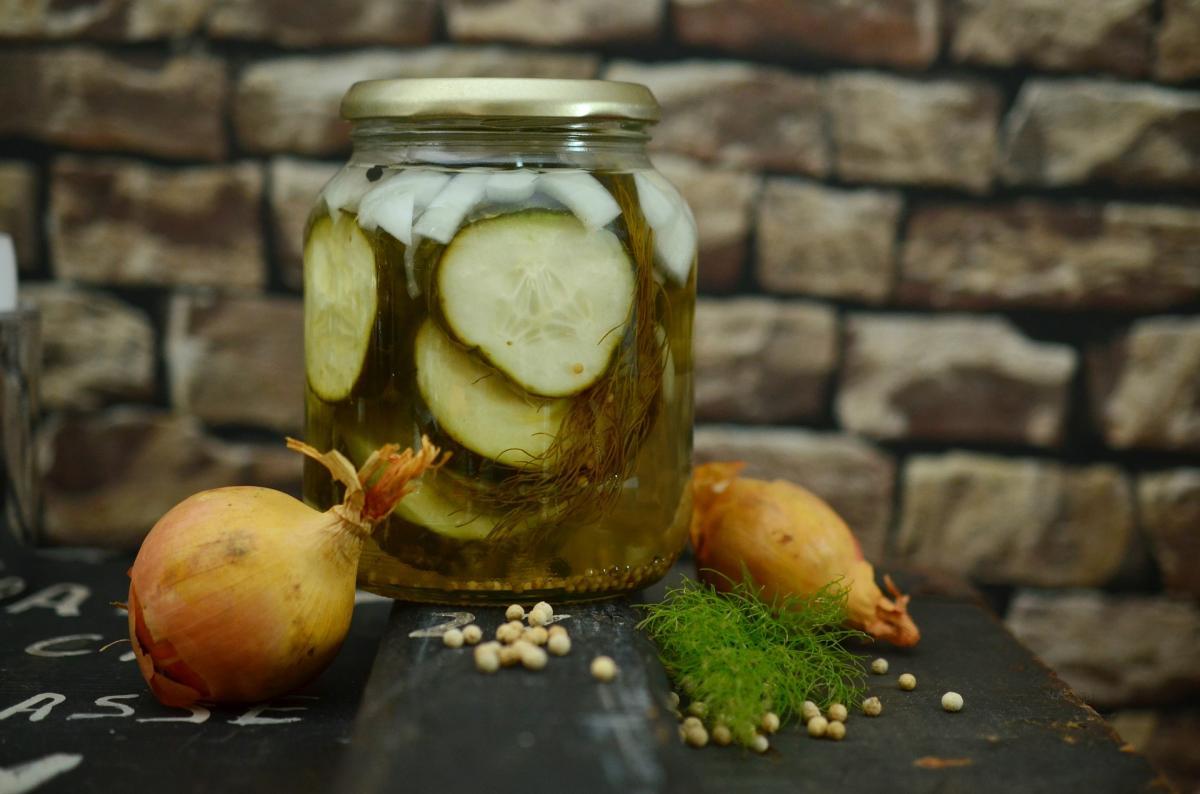Fall is here and you’ve spent time harvesting your garden of different fruits and vegetables. But you don’t want them to go to waste. You want to enjoy them during the long winter months ahead, so how can you make the most of your homegrown produce while also keeping the environment healthy?
Food preservation is a sustainable approach for both yourself and the planet. Each year, Americans discard approximately 40 million tons of food, placing the United States in first for countries with the most global food waste. While throwing away your leftovers or excess goods from the garden might appear on the surface to cause no harm, over time it contributes to potentially dangerous effects on the environment.

Climate change is one of our most pressing environmental challenges, and food waste only adds to that problem. Landfills of rotting food produce harmful greenhouse gas emissions, high levels of nitrogen pollution create havoc on waterways, and energy and water are wasted to grow crops for consumption. Fortunately, there are ways you can help combat this rapidly growing issue by using preservation methods to make unused food last longer and reduce the amount of waste being released into the environment.

One of the most efficient ways of food preservation is canning. Through this process, you can stock up on your favorites fruits and veggies for longer periods of time and can consume them out-of-season. Glass jars that are properly sealed can extend food longevity for over a year and prevent the growth of mold and bacteria. Make sure you have the right equipment and follow a few important steps for safe and effective canning.
Another quick way to keep your food fresh for an extended period of time is by freezing it. Storing recent harvests at the right temperature slows the production of enzymes, preventing spoilage that naturally occurs as foods begin to ripen. Freezing also helps maintain nutrients and textures. Before getting started, confirm that you have adequate storage space and the appropriate packaging.

If you have a lot of vegetables on hand, you should consider pickling them for future consumption. Commonly used across the world, pickling is a form of fermentation that creates an acidic environment that kills not-so-friendly for bacteria. While it can change the flavor of some foods, this process easily prevents spoilage and extends the shelf life of some fresh items from farmers’ markets or backyard gardens. To get started, choose your preferred pickling method and ensure that you have the essential ingredients necessary for preparation.
Dehydrating is one of the oldest methods of food preservation, having been used for several centuries. Without moisture, microorganisms are not able to grow as easily. You can dry and dehydrate foods like seasonal vegetables, fruits, and meats by using an oven or a commercial dehydrator.
No matter which method you choose, food preservation is an easy step you can take to be more sustainable, reduce your carbon footprint, and eat well throughout the year.